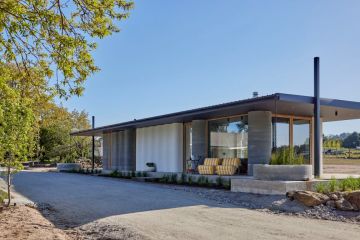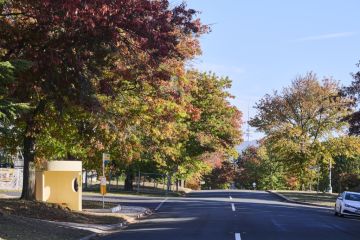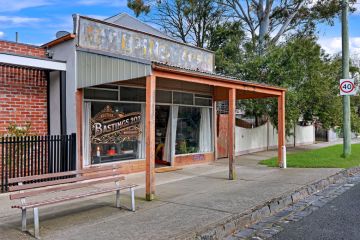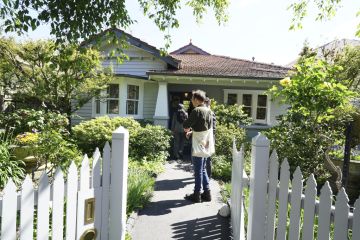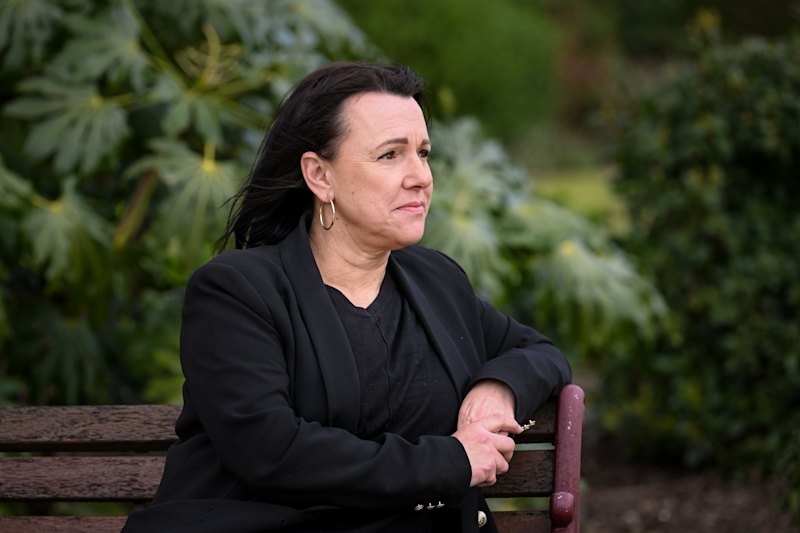How to save money on your home energy bills in 2023
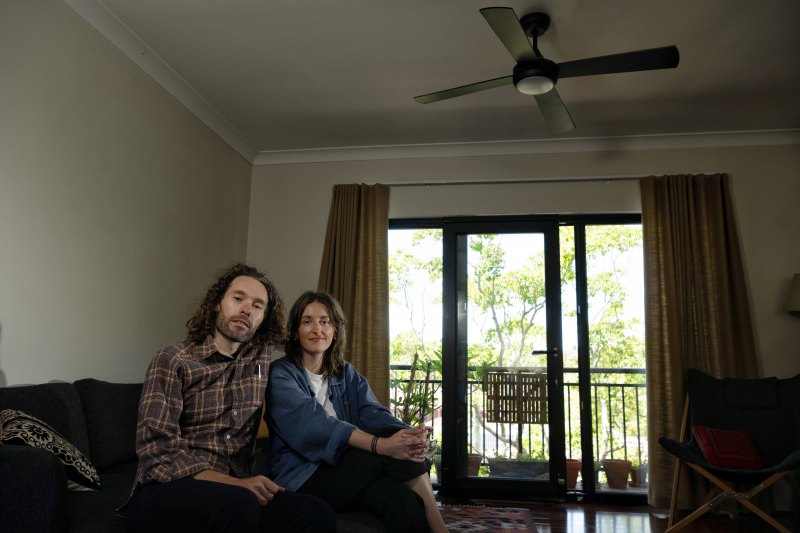
Householders worried about rising power bills this year can take steps ranging from draught proofing to installing solar panels to make their homes more energy efficient and cut costs, experts say.
Even a $9 door seal strip can make a big difference, while homeowners planning a major renovation might look at changing the orientation of their home.
Making simple swaps and upgrades can make a difference to power bills, but also the comfort and health of a home, said Sustainability Victoria’s interim chief executive Matt Genever.
“People are really looking at what they can do to reduce their energy bills, and to help make us more climate resilient and make their home more comfortable,” he said.
Draught proofing was an easy measure to start with, he said, and door snakes alone could make a difference. So could installing ceiling insulation, choosing more energy-efficient appliances and better temperature selection for heating and cooling.
“Paying attention to the thermostat [is important], you want to be in what we call the Goldilocks zone, which in winter is between 18 and 20 degrees and in summer is between 24 and 26 degrees,” he said.
“That’s the best way to get both thermal comfort in your home and reduce your heating and cooling costs. Every degree you go outside that costs you an extra 10 per cent.”
Being smart in summer with windows and blinds – by opening them in early morning and late evening and closing them during the day — was also a simple but effective measure, Genever said.
For homeowners who want to make upgrades, a professional energy assessment can be a good place to start, said Dr Fiona Gray, chief executive of not-for-profit sustainability group Renew.
“They’ve got tools to work out where your building is leaking … and then you can do things like go down to Bunnings and grab door seals,” she said. “Put covers over your vents … put self-closing exhaust fans in the bathroom, so heat isn’t escaping out.”
The next step was heavier drapes and curtains – and pelmets over them – and improving external shading over windows, either with blinds or by planting deciduous trees.
Ceiling fans could also make a big difference and used a fraction of the energy of older airconditioning units, the experts said. A new reverse cycle split system airconditioner would be more efficient to run, though would use more energy than a fan.
A step further would be heat-pump hot water systems, double-glazed windows and solar panels.
When Sydney couple Jason L’Ecuyer and Sophie Duxson moved into their first apartment last year, they knew they wanted to make upgrades to make their north-facing unit more comfortable.
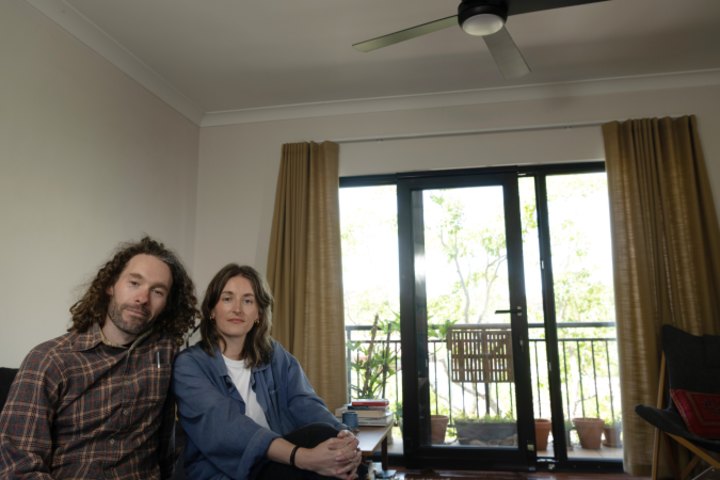
They have installed a ceiling fan and new airconditioning unit, new double-glazed windows and glass doors for their balcony, and have retrofitted some existing windows with Magnetite to make them double-glazed at a lower cost.
They swapped their gas stove top for electric, and installed honeycomb blinds to block heat in summer and retain it in winter.
Cheaper upgrades included LED lights and $9 door seal strips which made “an amazing difference”.
Their bills dropped about 30 per cent as a result, and the temperature in their unit significantly improved, L’Ecuyer said.
“Living in units in Sydney you get used to this rise and fall in temperature outside because of poor insulation. When it was cold and damp outside it felt cold and damp in here and when it was hot outside it felt hot in here [but that’s changed].”
Duxson said outdoor blinds, window tinting and solar were also on their wish list, but were harder to get approval for in a strata complex.
“Obviously, you can’t do everything budget wise too,” she added.
Green Building Council of Australia chief executive Davina Rooney said there could be a 75 per cent difference in energy bills between a highly energy-efficient home and an inefficient home. But smaller measures like LED lights, more sustainable taps, draught proofing, and ceiling insulation could still cut bills.
Rooney recommended those looking to larger investments like solar panels, work with a specialist provider to make sure their home had the appropriate orientation to benefit.
Electric cooking and electric vehicles were also among the more sizable upgrades home owners could make.
Those looking to tackle a larger renovation could look to improve the orientation of their home, and opt for a lighter coloured roof, the experts said.
While retrofitting an existing home could feel overwhelming, Rooney said it was important to make a start sooner rather than later.
“We’re experiencing quite a lot of diverse weather … and Australian houses have not been designed to be very climate controlled, so [making your home more energy efficient] is a really fantastic thing to do for your bills and the environment, but it’s also a really important thing to do to make you more comfortable in your house.”
We recommend
We thought you might like
States
Capital Cities
Capital Cities - Rentals
Popular Areas
Allhomes
More
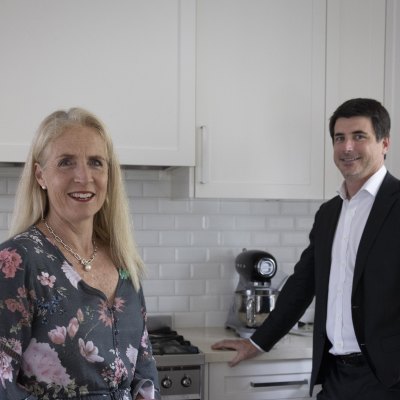
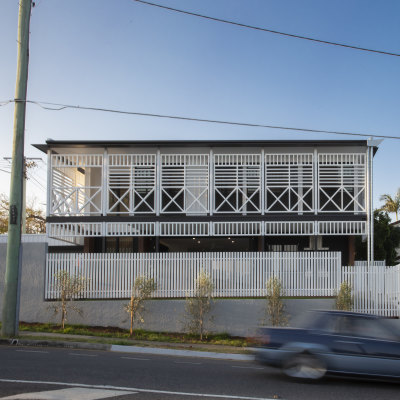
/http%3A%2F%2Fprod.static9.net.au%2Ffs%2Fdd091369-932e-4621-ab93-6cb803a73430)

